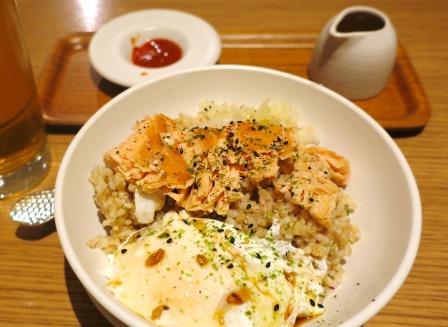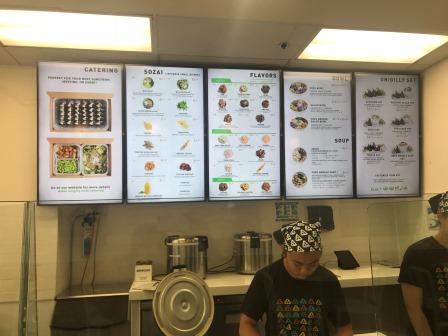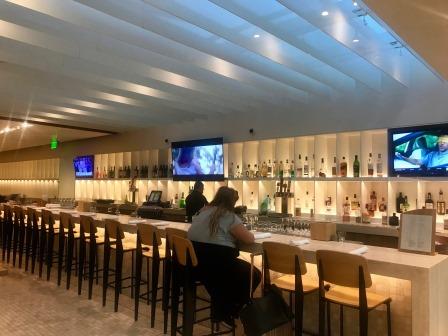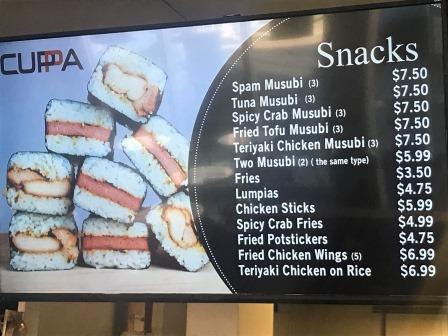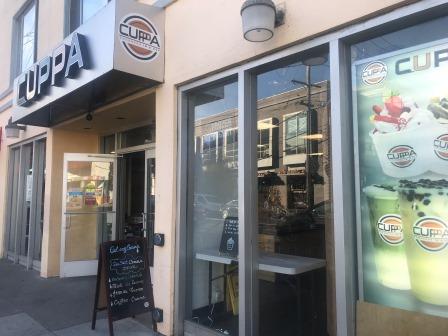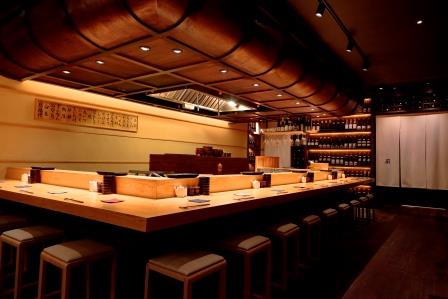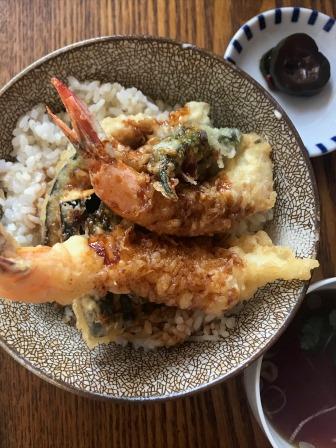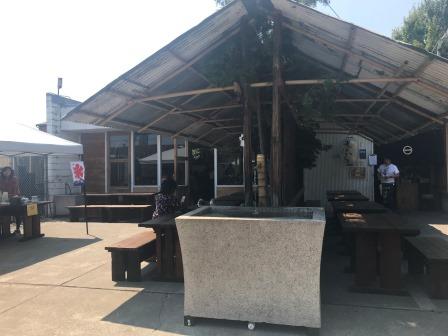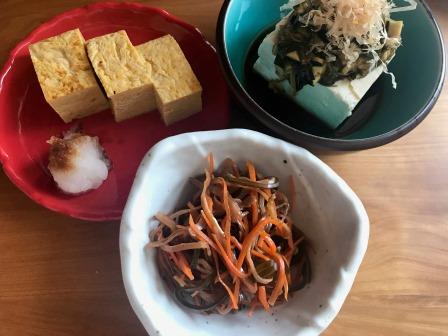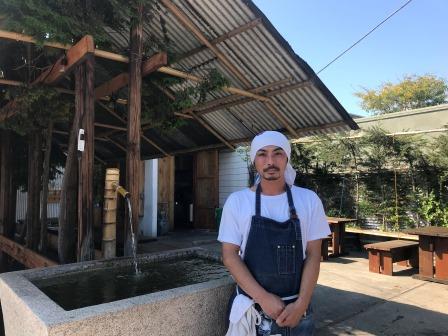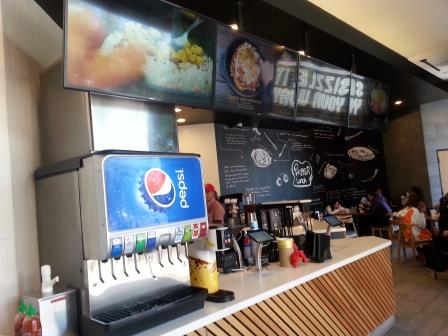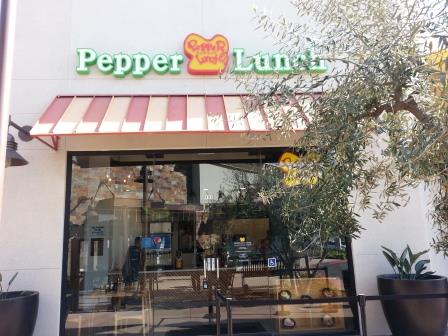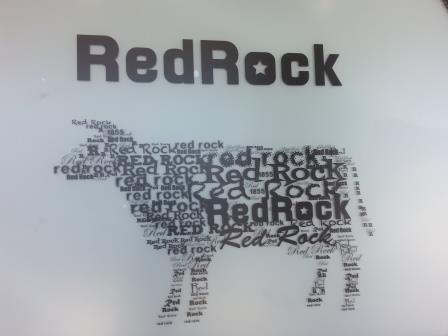Nanbu Bijin Introduced to Los Angeles: Part 2
By Kosuke Kuji
The most important objective of this business trip to Los Angeles was the “30th Japanese Food & Restaurant Expo,” sponsored by Mutual Trading, held at the Pasadena Convention Hall. This business-to-business event, held for the thirtieth time this year, drew 133 food and sake producers, etc., and 2,667 customers in one day, the highest number of exhibitors and attendees in it’s thirty-year history. Nearly seventy-percent of customers are restaurant industry professionals, with twenty-percent of the consumers consisting of Japanese nationals.
These statistics indicate how many non-Japanese professionals and consumers in the U.S. today are working in the Japanese cuisine and sake industry, or consuming Japanese cuisine, indicative of the widespread consumption of Japanese cuisine among non-Japanese consumers. In other words, Japanese cuisine and sake are no longer consumed only by Japanese nationals homesick for their homeland.
Sake producer Nankabijin never received such high customer turnout at their booth as they did this year. Their “Awasake Sparkling,” debut in the U.S. during this expo, was especially popular with many orders received. High-end sparkling Japanese sake is definitely accepted in the U.S. market.
Also, my college classmate from the Tokyo University of Agriculture, currently residing in Los Angeles, attended this expo. It was truly encouraging to receive support in the U.S. from my college classmate.
In the evening, I visited “Chateau Hanare,” the Los Angeles branch restaurant of the Japanese restaurant “Washoku-en,” very popular in New York, along with sake “Houraisen” from Aichi prefecture, and “Tatenokawa” from Yamagata prefecture. I greatly enjoyed the wonderful cuisine prepared by chef Abe, visiting from New York.
The restaurant scene changes quickly in Los Angeles leading California, the most populous state in the U.S., where the market for Japanese cuisine is anticipated to continue growing. We must continue producing even higher quality of sake to bring satisfaction to our U.S. consumers!
P.S. Right after I left, restaurant “Chateau Hanare” welcomed Leonardo DiCaprio as a customer…! Very disappointed to know I missed his visit!
南部美人ロサンゼルスへ その2
今回のロサンゼルス出張の最大の目的でもある共同貿易主催の「第30回レストランエキスポ」がパサディナコンベンションホールで開催されました。今回で30年を迎えたこのアメリカ最大のB to Bイベントは、何と133の食品、お酒などのメーカーが集まり、2667名ものお客様を1日だけで迎えて開催されました。30回の開催で歴代最高の出展者、入場者の数だったそうです。お客様は70%近くがレストラン関係者、お客様全体に占める日本人の割合はたったの20%しかいません。それだけ今のアメリカでは日本人以外が日本食、日本酒をビジネスにしている、食べたい、飲みたいと思っている、ということで、ノンジャパニーズ、アメリカ人への浸透がすさまじい勢いで進んでいるということです。もう日本人が日本を懐かしみながら食べるのが和食や日本酒なのではありません。
南部美人も今年ほどブースにお客さんが来てくれた年は無いくらい忙しかったです。特にこのエキスポにあわせてアメリカデビューを果たした「あわさけスパークリング」。これが大人気で、たくさんの注文をいただきました。アメリカでも確実にスパークリングの日本酒の高価格帯のものが受け入れられています。
さらに、このエキスポには私の東京農業大学時代のロス在住の同級生も来てくれました。本当に農大のつながりがアメリカでも心強く感じます。
夜はNYで大人気のレストラン「和食えん」のロサンゼルス店の「シャトー・ハナレ」に愛知の「蓬莱泉」さんと山形の「楯の川」さんとお邪魔しました。NYから駆けつけている阿部シェフの素晴らしい料理とお酒を楽しみ増した。
どんどん様変わりするロサンゼルス。アメリカ最大の州カリフォルニアをリードして、和食の市場がどんどん伸びていく予感しかありません。私達も今まで以上に高品質なお酒を醸し、アメリカ人の皆さんに喜んでいたけるようにさらに頑張っていきたいと思います!
追伸:シャトー・ハナレさん、私達が帰ったすぐ後にディカプリオがご来店だったそうです・・・。残念、ニアミスでした!
The most important objective of this business trip to Los Angeles was the “30th Japanese Food & Restaurant Expo,” sponsored by Mutual Trading, held at the Pasadena Convention Hall. This business-to-business event, held for the thirtieth time this year, drew 133 food and sake producers, etc., and 2,667 customers in one day, the highest number of exhibitors and attendees in it’s thirty-year history. Nearly seventy-percent of customers are restaurant industry professionals, with twenty-percent of the consumers consisting of Japanese nationals.
These statistics indicate how many non-Japanese professionals and consumers in the U.S. today are working in the Japanese cuisine and sake industry, or consuming Japanese cuisine, indicative of the widespread consumption of Japanese cuisine among non-Japanese consumers. In other words, Japanese cuisine and sake are no longer consumed only by Japanese nationals homesick for their homeland.
Sake producer Nankabijin never received such high customer turnout at their booth as they did this year. Their “Awasake Sparkling,” debut in the U.S. during this expo, was especially popular with many orders received. High-end sparkling Japanese sake is definitely accepted in the U.S. market.
Also, my college classmate from the Tokyo University of Agriculture, currently residing in Los Angeles, attended this expo. It was truly encouraging to receive support in the U.S. from my college classmate.
In the evening, I visited “Chateau Hanare,” the Los Angeles branch restaurant of the Japanese restaurant “Washoku-en,” very popular in New York, along with sake “Houraisen” from Aichi prefecture, and “Tatenokawa” from Yamagata prefecture. I greatly enjoyed the wonderful cuisine prepared by chef Abe, visiting from New York.
The restaurant scene changes quickly in Los Angeles leading California, the most populous state in the U.S., where the market for Japanese cuisine is anticipated to continue growing. We must continue producing even higher quality of sake to bring satisfaction to our U.S. consumers!
P.S. Right after I left, restaurant “Chateau Hanare” welcomed Leonardo DiCaprio as a customer…! Very disappointed to know I missed his visit!
南部美人ロサンゼルスへ その2
今回のロサンゼルス出張の最大の目的でもある共同貿易主催の「第30回レストランエキスポ」がパサディナコンベンションホールで開催されました。今回で30年を迎えたこのアメリカ最大のB to Bイベントは、何と133の食品、お酒などのメーカーが集まり、2667名ものお客様を1日だけで迎えて開催されました。30回の開催で歴代最高の出展者、入場者の数だったそうです。お客様は70%近くがレストラン関係者、お客様全体に占める日本人の割合はたったの20%しかいません。それだけ今のアメリカでは日本人以外が日本食、日本酒をビジネスにしている、食べたい、飲みたいと思っている、ということで、ノンジャパニーズ、アメリカ人への浸透がすさまじい勢いで進んでいるということです。もう日本人が日本を懐かしみながら食べるのが和食や日本酒なのではありません。
南部美人も今年ほどブースにお客さんが来てくれた年は無いくらい忙しかったです。特にこのエキスポにあわせてアメリカデビューを果たした「あわさけスパークリング」。これが大人気で、たくさんの注文をいただきました。アメリカでも確実にスパークリングの日本酒の高価格帯のものが受け入れられています。
さらに、このエキスポには私の東京農業大学時代のロス在住の同級生も来てくれました。本当に農大のつながりがアメリカでも心強く感じます。
夜はNYで大人気のレストラン「和食えん」のロサンゼルス店の「シャトー・ハナレ」に愛知の「蓬莱泉」さんと山形の「楯の川」さんとお邪魔しました。NYから駆けつけている阿部シェフの素晴らしい料理とお酒を楽しみ増した。
どんどん様変わりするロサンゼルス。アメリカ最大の州カリフォルニアをリードして、和食の市場がどんどん伸びていく予感しかありません。私達も今まで以上に高品質なお酒を醸し、アメリカ人の皆さんに喜んでいたけるようにさらに頑張っていきたいと思います!
追伸:シャトー・ハナレさん、私達が帰ったすぐ後にディカプリオがご来店だったそうです・・・。残念、ニアミスでした!






